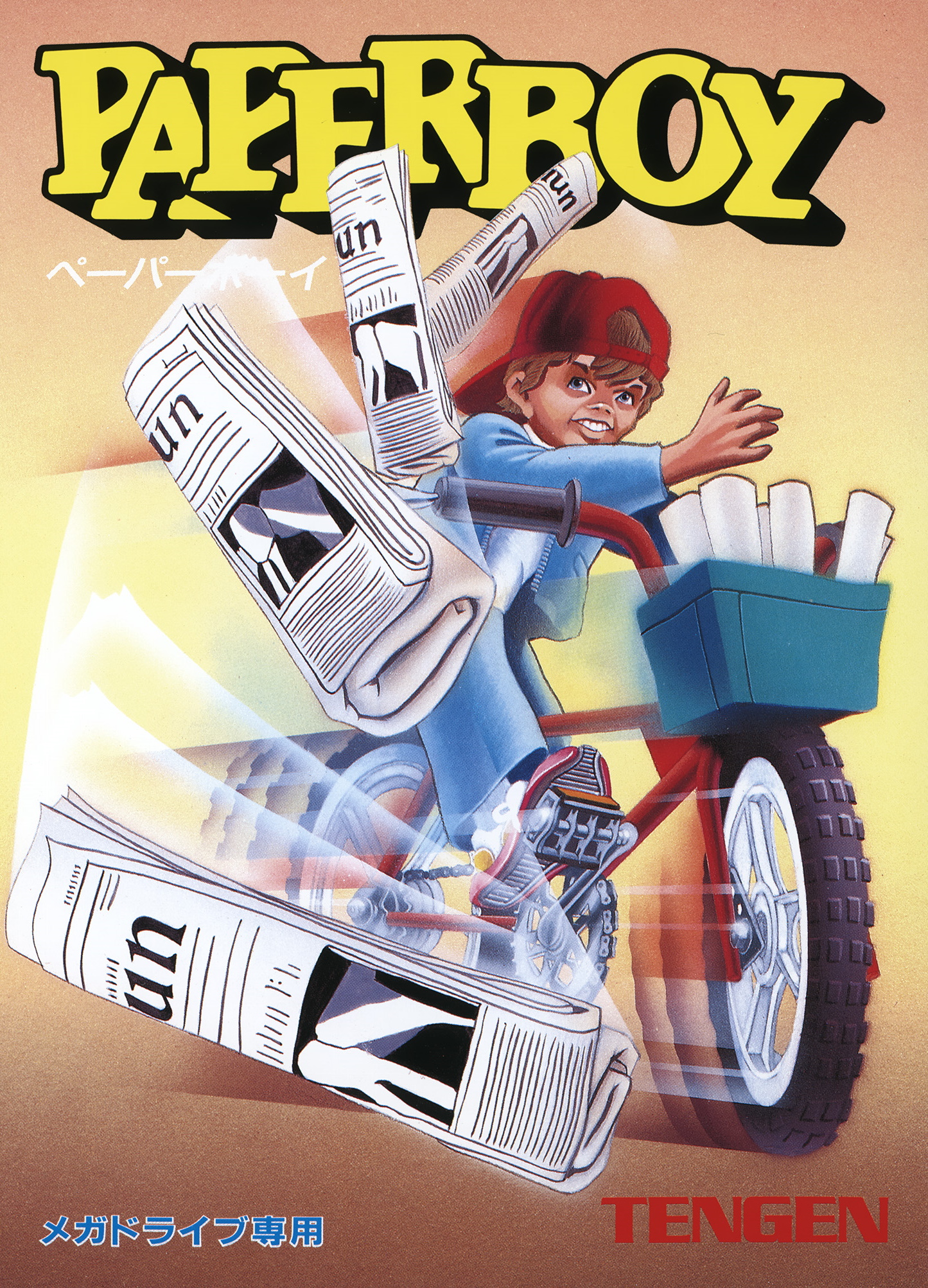
At the same time, suturing effects of point-of-view in the FPS constitute a powerful interpellative system in which players (mis)take avatarial perspectives as their own. These concerns, expressed in oscillatory dynamics of sadism/destruction and fetishism/rebirth, have a hand in structuring the grand guignol of “deathmatch” games such as Quake III: Arena and Unreal Tournament. Tracing the evolution of avatars from the earliest games to current first-person shooters (FPSs) reveals a symptomatic concern with the onscreen body’s capabilities and vulnerabilities, as well as its relationship to player corporeality. Formal properties of the videogame avatar can be understood by adapting Jacques Lacan’s mirror-phase argument that the self is an unstable construct produced through misrecognition of a specular “other.” Because this relationship, as discussed by Lacan and Samuel Weber, is fundamentally aggressive, avatarial operations may constitute one means of understanding the violent content of videogames while avoiding the traditional (and, some would argue, unproductive) debate over media effects. Although fully immersive VR remains a privileged experience of the technological elite, many of its operations occur in home-computer and arcade-based videogames, which depend for their effects on the player’s representation on screen in the form of an “avatar,” or symbolic stand-in for the body. The essay concludes that playing Q*bert in a preservation setting requires several unique accommodations at the level of touchable interface, and each accommodation illustrates another way that supplementary texts help construct historical haptic fidelity.Įncounters with virtual reality presuppose a subjectivity and subject produced through codes that embody users in spatial representations. The video game Q*bert is selected as a case study both because of its historical and cultural significance and because it makes idiosyncratic use of controller and force-feedback technologies.

Bringing a haptic perspective on video gaming into conversation with game history and preservation, this essay examines ways that textual materials surrounding and supplementing a work can be used to construct haptic fidelity. While control techniques are often evaluated in terms of fidelity between in- and out-of-game actions, this essay emphasizes several ways that fidelity must be actively constructed. Preserving a historically significant video game frequently requires either preserving or adapting a touchable interface for contemporary use.


 0 kommentar(er)
0 kommentar(er)
